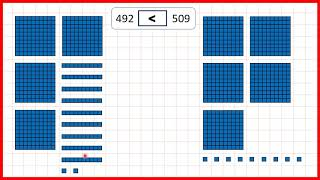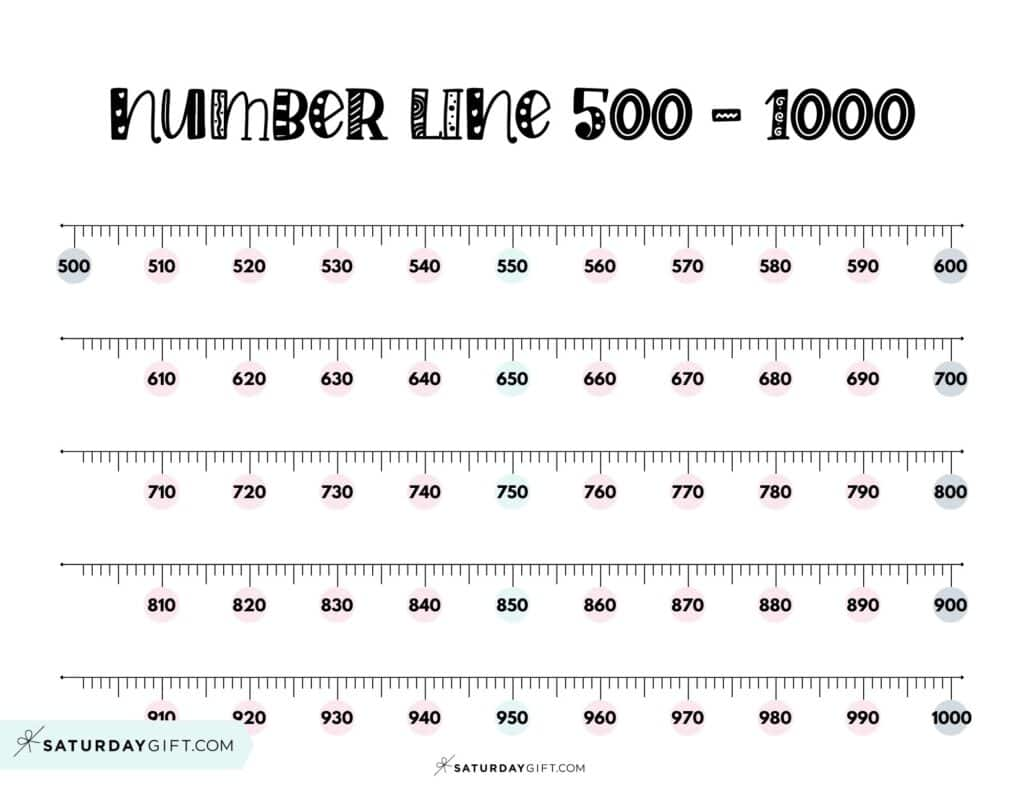House Of Hundreds – II – Complete Guide For Class 3 Math Chapter 9
Welcome to iPrep, your Learning Super App. Our learning resources for the chapter, House of Hundreds – II in Mathematics for Class 3rd are designed to ensure that you grasp this concept with clarity and perfection. Whether you’re studying for an upcoming exam or strengthening your concepts, our engaging animated videos, practice questions and notes offer you the best of integrated learning with interesting explanations and examples.
In the chapter “House of Hundreds – II”, students will dive into the world of three-digit numbers. They will explore different concepts like how to compare numbers, understand the place value system, use number lines, and arrange numbers in a sequence. Additionally, students will learn about the concepts of predecessor and successor, as well as how to express numbers in expanded form. By the end of this chapter, students will develop strong foundational skills in handling and comprehending three-digit numbers.
Building on Foundations: New Concepts in House of Hundreds – II
In “House of Hundreds – II,” students will delve deeper into the concept of place value, enhancing their understanding of how numbers are structured and related to one another. Building on the foundational skills developed in “House of Hundreds – I,” this chapter will introduce students to the significance of the hundreds, tens, and units places in greater detail. They will learn how to break down larger three-digit numbers into their parts, recognizing that each digit’s position holds a unique value. Through engaging activities and interactive examples, students will become adept at determining how the place value of each digit affects a number’s overall size.
Furthermore, “House of Hundreds – II” will explore number patterns and sequences, helping students recognize and extend patterns involving three-digit numbers. This includes understanding skip counting and identifying odd and even numbers within larger ranges. Students will practice these skills through various exercises, enhancing their ability to predict the next numbers in a sequence. By the end of the chapter “House Of Hundreds – II”, learners will not only solidify their understanding of the concept of hundreds but also develop critical thinking skills as they engage with numbers in dynamic and meaningful ways, preparing them for more advanced mathematical concepts in future grades.
Introduction to Three-Digit Numbers
As stated in the chapter “House of Hundreds – II”, Three-digit numbers are numbers that range from 100 to 999. They consist of three digits – hundreds, tens, and ones. For example, in the number 576, the digits are as follows:
- 5 hundreds (500)
- 7 tens (70)
- 6 ones (6)
Imagine that you have six individual sticks, seven bundles of ten sticks, and five bundles of one hundred sticks to assist students in visualizing this. There would be 576 sticks in total. Place value is important in three-digit integers. The value of each digit can be determined by where it is, which can be ones, tens, or hundreds.

Example: Let’s take the number 683.
- The digit 6 is in the hundred’s place, so its value is 600.
- The digit 8 is in the ten’s place, so its value is 80.
- The digit 3 is in one’s place, so its value is 3.
Hence, 683 is the sum of 600 + 80 + 3.
Activity: Ask students to identify the place values of digits in other numbers like 741, 598, and 923.
Comparing Three-Digit Numbers
When comparing three-digit numbers, we look at the digits starting from the leftmost side (hundreds place). The larger the digit in the hundreds place, the larger the number. If the hundreds digits are the same, we compare the tens digits. If the tens digits are also the same, we finally compare the ones digits.

Example 1: Let’s compare 634 and 579.
- Look at the hundred’s place: 6 in 634 and 5 in 579. Since 6 is greater than 5, 634 is greater than 579.
Example 2: Compare 746 and 762.
- The hundred’s digits are the same (7), so we move to the ten’s place.
- The ten’s digit in 746 is 4, and in 762 it is 6. Since 6 is greater than 4, 762 is greater than 746.
Activity: Give students a list of numbers like 589, 672, 541, and 617. Ask them to arrange the numbers in increasing or decreasing order and explain their reasoning.
Number Line
A number line is a visual tool that helps students understand the relative positions of numbers. In the chapter – “House Of Hundreds – II”, students will practice placing three-digit numbers on a number line. This will help them to see how numbers increase or decrease and how they are spaced apart.

Example: Let’s consider numbers between 500 and 510. The number line for this set of numbers would look like this:

We can see that each number is one unit apart. To place 507 on the number line, we simply move seven steps from 500.
Comparing on a number line: If we want to compare two numbers, say 589 and 594, we can place them on a number line. It is easy to see that 594 is farther to the right, meaning it is larger than 589.
Activity: Ask students to draw a number line from 600 to 620 and mark numbers like 603, 615, 619, and 608. Have them explain how they decided where to place each number.
Predecessor and Successor
The predecessor of a number is the number that comes just before it, and the successor is the number that comes just after it.
Example: For the number 526:
- The predecessor is 525 (one less than 526).
- The successor is 527 (one more than 526).
Students should understand that finding a predecessor means subtracting 1 while finding a successor means adding 1.
Practice with Larger Numbers: Let’s find the predecessor and successor of 718.
- The predecessor is 717 (718 – 1).
- The successor is 719 (718 + 1).
Activity: Provide students with numbers like 642, 589, and 763. Ask them to find the predecessor and successor of each.
Arranging Numbers
Arranging numbers in order means placing them from smallest to largest (ascending) or largest to smallest (descending). To arrange numbers, we compare the hundreds, tens, and ones places, just as we do when comparing numbers.
Example: Let’s arrange 615, 589, 634, and 627 in ascending order.
- Start by comparing the hundred’s digits: 6 (615), 5 (589), 6 (634), 6 (627). 589 is the smallest because it has the smallest hundreds of digits.
- Now compare the remaining numbers: 615, 634, and 627. Since all have the same hundreds digit, we move to the tens digit.
- The tens digit in 615 is 1, in 627 it is 2, and in 634 it is 3. Therefore, the ascending order is 589, 615, 627, and 634.
Activity: Provide students with numbers like 542, 678, 619, and 606. Have them arrange the numbers in both ascending and descending order.
Numbers in Expanded Form
The expanded form shows the value of each digit in a number based on its place. In expanded form, a number is written as the sum of each digit multiplied by its place value.
Example: Let’s take the number 762. We can break it down into hundreds, tens, and ones:
- 7 hundreds = 700
- 6 tens = 60
- 2 ones = 2
So, 762 in the expanded form is written as:
700 + 60 + 2 = 762
Another Example: Consider the number 814:
- 8 hundreds = 800
- 1 ten = 10
- 4 ones = 4
In expanded form, it would be:
800 + 10 + 4 = 814
Activity: Ask students to write the expanded form of numbers like 593, 780, and 642. Let them break down each number step by step and explain the place value of each digit.
Conclusion
In CBSE Class 3rd Math, Chapter 9 – House of Hundreds – II, students embark on an exciting journey through the world of three-digit numbers. They will learn how to identify the place value of digits, enabling them to understand the significance of each digit in a number. Comparing three-digit numbers becomes a fun activity as students analyze the hundreds, tens, and ones digits to determine which numbers are larger or smaller. The use of number lines enhances their visual understanding, helping them to see the relationships between different numbers clearly.
The concepts of predecessor and successor introduce a new layer of comprehension, allowing students to grasp the idea of sequences and how numbers relate to one another. Arranging numbers in both ascending and descending order builds their skills in organization and comparison while expressing numbers in expanded form reinforces their understanding of place value.
By the end of House of Hundreds – II, students will not only feel more confident in working with three-digit numbers but will also be better prepared for the challenges that lie ahead in their mathematical studies. With the support of iPrep’s engaging resources, they can explore these concepts further, ensuring a solid foundation in mathematics.
Practice questions on Chapter 9 - House Of Hundreds - II
Get your free Chapter 9 - House Of Hundreds - II practice quiz of 20+ questions & detailed solutions
Practice Now








